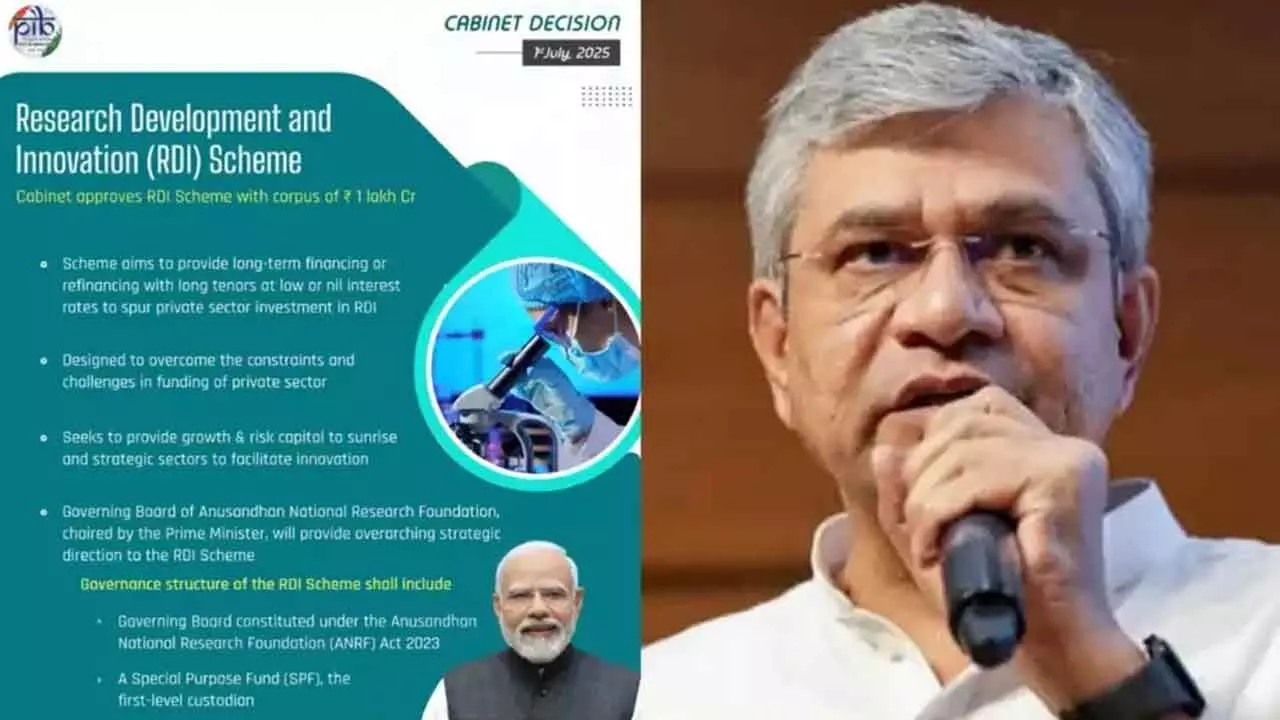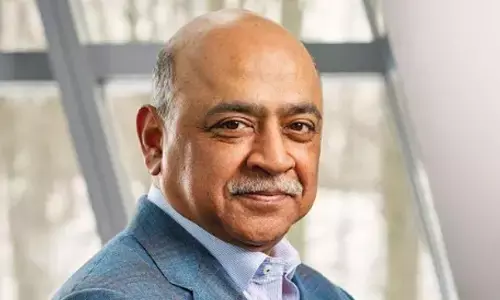Rs 2-lakh-cr boost to jobs, R&D no guarantee of results

The government’s decision to boost research & development and employment generation, with a total bill of over Rs 2 lakh crore, is admirable in intent. But how it would realise its goals is a question that experts will ask. The Cabinet on Tuesday approved a Rs 2.07-lakh-crore outlay for a Research, Development, and Innovation (RDI) (RDI) Scheme to fund private sector innovations, along with an employment-linked incentive (ELI) scheme to create over 3.5 crore new jobs over the next two years.
This is not the first time the government has announced grand plans to boost manufacturing, innovation, and employment. Similar schemes, such as the Production-Linked Incentive (PLI) Scheme in recent years, although beneficial in specific sectors like electronics and pharmaceuticals, have not yet delivered a transformative impact across the broader manufacturing landscape. The gap between policy announcements and their tangible outcomes continues to be a concern.
Manufacturing remains India’s Achilles’ heel. Despite years of policy pushes under campaigns like Make in India and PLI Schemes, the sector’s share in GDP has largely stagnated around 15-17 per cent, far below the government’s target of 25 per cent. More worryingly, even where there has been growth, it has often been in sectors that are capital-intensive rather than labor-intensive, thus failing to generate the volume of quality jobs needed to absorb India’s vast and growing workforce. This structural challenge is compounded by issues such as poor infrastructure, complex regulatory frameworks, inconsistent policy implementation, and skill mismatches in the labor market.
The government’s RDI scheme, which seeks to fund private sector innovations, is a step in the right direction because it recognizes that sustainable economic growth must be driven by innovation, particularly in an increasingly knowledge-based global economy.
India’s investment in R&D as a percentage of GDP has historically lagged behind countries like China, the US, and even smaller Asian economies like South Korea. By directly supporting private sector innovation, the government seems to be moving towards creating an ecosystem where businesses can lead technological advancements rather than relying solely on public sector research bodies.
Yet, the success of such a scheme will hinge on how effectively it is designed and implemented. Will the funds be disbursed in a timely, transparent manner? Will small and medium enterprises (SMEs), which are often the backbone of job creation, have adequate access to these incentives, or will the bulk of the benefits accrue to larger corporations with better lobbying power? How will the government ensure that the incentives lead to actual job creation rather than simply subsidizing existing operations?
The ELI Scheme also raises similar concerns. The target of creating over 3.5 crore new jobs is ambitious, but previous efforts to incentivise job creation did not result in major success. The government has also not come up with a report of the earlier schemes. How, if at all, did they promote job creation? What lessons have been learnt from them?
Employment generation in India today requires a parallel focus on skill development. Even if manufacturing units expand, a shortage of adequately skilled workers may limit the sector’s growth potential. The government’s skill development initiatives must therefore be closely aligned with the sectors targeted. We only hope that the government has taken cognisance of the fact that large allocations do not automatically translate into measurable outcomes.

















